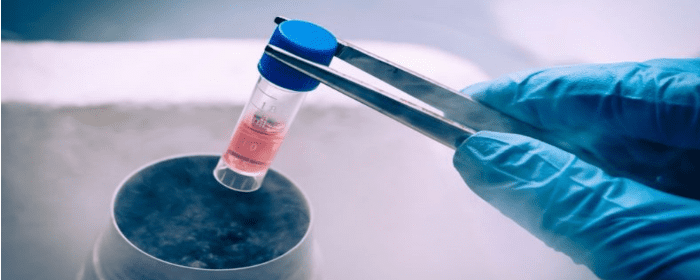
Ease of Use and Therapeutic Applicability of Wharton’s Jelly-Derived Mesenchymal Stem Cells
Mesenchymal stem cells have been showing promise in the treatment of a variety of diseases and injuries. These cells are derived from different tissue types, and it appears that where the stem cells come from is indicative of how they function and how appropriate they are for use in different applications. Bone marrow-derived mesenchymal stem cells have been deeply studied and are often considered a go-to for stem cell research and clinical use.
However, there are several limitations that bone marrow-derived mesenchymal stem cells pose, particularly from a practicality standpoint, and thus, researchers have begun to try to understand how other types of stem cells may achieve similar or better results than those from the bone marrow. A recent review, published in Act Histochemical, compiled comprehensive data on the biological properties associated with a specific type of mesenchymal stem cell called Wharton’s Jelly-derived mesenchymal stem cells.
These stem cells, which come from the umbilical cord, are able to differentiate into mature cells that make up several different types of tissues and can even turn into non-mesenchymal cells, such as neurons, or brain cells. They are useful in that they spontaneously move to sites of injury or inflammation and may, therefore, be able to help restore tissue and normal functioning. They are also unlikely to instigate adverse immune system reactions.
While it is advantageous that bone marrow-derived mesenchymal stem cells have been studied extensively and therefore are associated with broad knowledge of therapeutic applicability, the cells are difficult to isolate and use. In contract, cells from the umbilical cord matrix, or Wharton’s jelly, are easy to isolate and also appear to be good candidates for therapeutic intervention. Future research should therefore look more closely at how Wharton’s jelly-derived mesenchymal stem cells can be used to treat disease and injury. As noted by the authors of this review, there are specifically dysfunctions of the central and peripheral nervous system that these stem cells may be able to address.


 St. Petersburg, Florida
St. Petersburg, Florida
